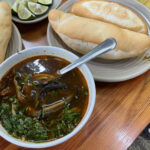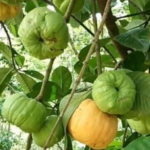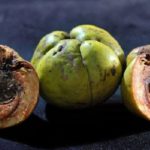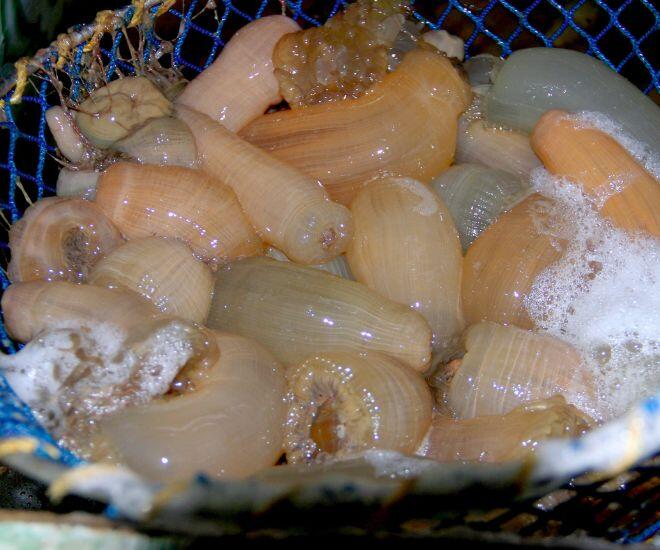
Rum biển, also known as sea cucumber, is a rare and exotic delicacy found in the coastal regions of central Vietnam, with a particular abundance in Nghe An and Thanh Hoa provinces. Its scientific name is ‘Holothuroidea’, and it belongs to the class of marine invertebrates.
This unique creature has a greyish-brown color and a long, slender body resembling a cucumber, coated with a slippery mucus. The middle section of the rum is slightly bulging, tapering towards both ends, and it has small tentacles around its mouth. Rum biển has long been revered in traditional folk medicine for its purported aphrodisiac and health-enhancing properties.
Whether consumed fresh, dried, or powdered, rum biển is believed to boost male virility and enhance sexual performance. This belief has made it a favorite among men, seeking to improve their vigor and vitality. Modern medicine also recognizes the nutritional value of sea cucumbers, noting their warm and salty properties that benefit the heart and kidneys. They are known to tonify the kidneys, strengthen the yang, nourish the essence, moisten dryness, counteract aging, relieve coughs, detoxify, and stanch bleeding.
Sea cucumber divers in Nghe An province face numerous challenges and dangers in their pursuit of this elusive creature. Rum biển appears seasonally, typically from early February to June, and divers must possess stamina, endurance, and extensive knowledge of the sea to locate them. Different varieties of rum occupy distinct depth ranges, with those from greater depths being rarer and more valuable.
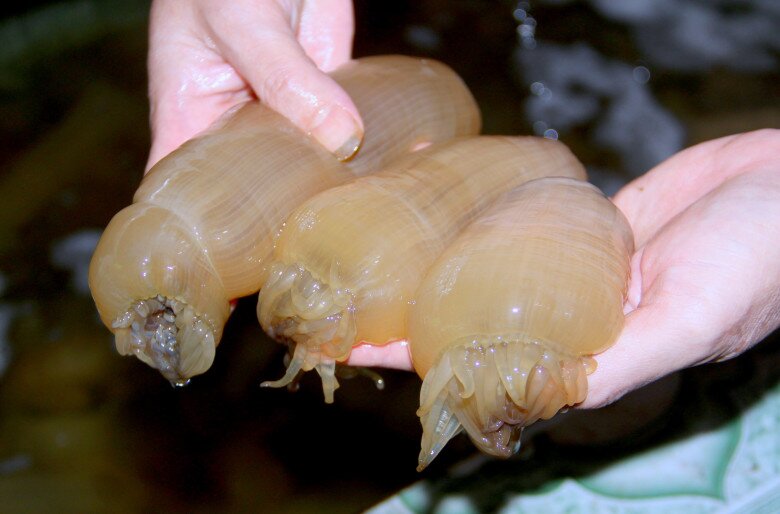
The divers’ days begin before dawn, as they plunge into the depths of the ocean, scanning the seabed at depths of 50 to 70 meters. With their feet, they gently feel for the presence of rum, which often lie buried in the sand, exposing only their flower-like heads. Upon locating their prey, the divers must act swiftly, grasping the rum with one hand while scooping it with the other, and quickly placing it in their bag.
The slippery nature of the rum’s body demands agility and dexterity from the divers, as a slight mishandling can result in the rum escaping their grasp. The profession requires not only physical strength and swimming prowess but also patience and perseverance. The price of rum biển varies depending on the species, with white, black, gold-lipped, and coconut rum selling for 300,000 to 700,000 VND per kilogram, while the rare white breast rum can fetch up to 3 million VND per kilogram.
Despite the lucrative earnings, the occupation is fraught with risks. For deep-sea divers, timing their ascent is a matter of life and death, as water pressure can cause paralysis or even death if safety protocols are not meticulously followed. Even divers working closer to the shore face dangers from strong currents, large waves, and venomous sea creatures.
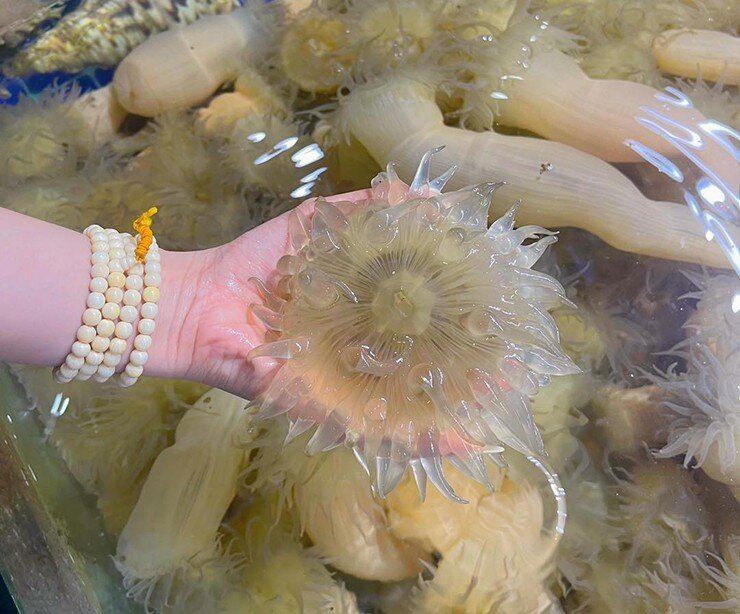
The processing of rum biển is a meticulous and intricate process. After being caught, the rum is soaked in freshwater for about 30 minutes to remove excess salt. Then, a mixture of vinegar or lemon juice and a small amount of salt is used to clean the mucus from their bodies. Skilled chefs carefully eviscerate the rum, removing the internal organs and any remaining sand or debris. Small white beads found in the rum’s abdomen are carefully extracted, and the rum is rinsed again with a ginger and lemongrass solution to eliminate any residual fishy odor.
Among the myriad of dishes featuring rum biển, two stand out as local favorites: ‘Rum Om Chuoi’ and ‘Canh Rum’. Rum Om Chuoi is a hearty stew made with rum, green bananas, pork belly, tofu, and lolot leaves. The ingredients are marinated and briefly stir-fried before being simmered in an earthenware pot, resulting in a flavorful and nutritious dish. Canh Rum, on the other hand, is a nourishing soup made by simmering rum with chicken and Chinese medicinal herbs, creating a restorative concoction.
In addition to being used in cuisine, rum biển is also dried and ground into a fine powder, which commands a high price of approximately 1.5 million VND per kilogram, reflecting the economic value of this marine delicacy.
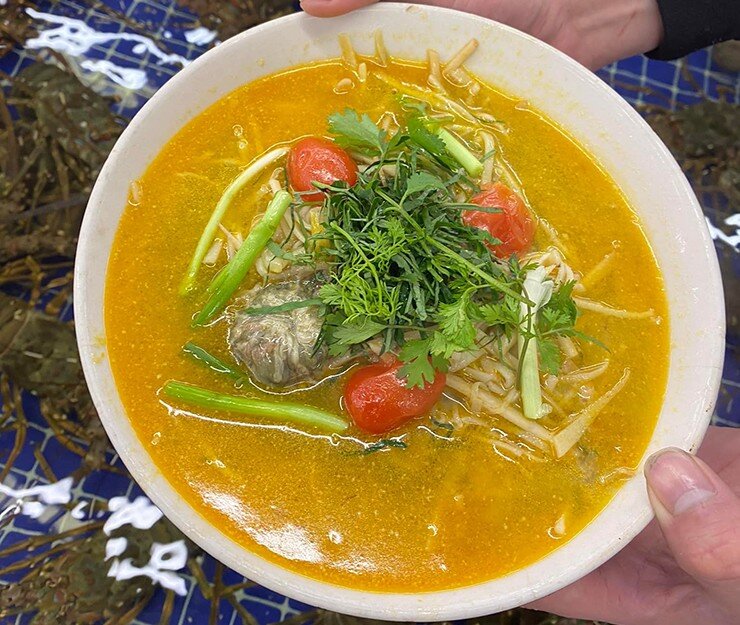
Unfortunately, the rum biển population in Nghe An’s coastal areas has declined significantly due to overfishing and environmental pollution. This decline has led to a surge in prices, with fresh rum that once sold for 100,000-130,000 VND per kilogram now costing 180,000-200,000 VND per kilogram. The scarcity of rum has made it challenging for restaurants to procure sufficient quantities, especially during the high demand period after the pandemic.
The traditional and labor-intensive fishing methods, coupled with a decrease in the number of divers, have contributed to the limited supply. Additionally, the approaching Tet holiday further intensifies the demand, as traders stock up on this delicacy for the festive season. To ensure the sustainability of this precious resource, it is essential to implement conservation measures and promote responsible fishing practices.
Rum biển is more than just a culinary delight; it represents a challenging yet rewarding traditional occupation. Preserving and sustainably managing the rum biển population is not only a responsibility but also a key to safeguarding a part of Nghe An’s culinary and economic heritage for future generations.
The Curious Case of the Separatist Species: Do They Regrow Their Detached Body Part?
The fascinating world of marine life never ceases to amaze scientists, and this particular species of sea creature certainly left them in awe. Upon discovering their unique reproductive behavior, scientists were intrigued to find that the male of the species detaches his penis from his body post-copulation. This intriguing phenomenon raises many questions and offers a fascinating insight into the diverse and extraordinary world of marine life reproduction strategies.
Young People from Thanh – Nghe – Tinh Introduce Their Hometown Delights!
“For the ultimate culinary adventure, embark on a journey through the flavors of Thanh Hoa, Nghe An, and Ha Tinh. These three provinces boast a plethora of unique delicacies that are sure to tantalize your taste buds. From the pungent yet addictive mam tom (fermented shrimp paste) and nuoc mam (fish sauce) to the savory bahn ram (grilled pork patties) and the healthy tra ca gai leo (bitter melon tea), there’s something for every palate. Join us on the latest episode of ‘Tinh Hoa Viet Du Ky’ as we explore these regions and uncover their culinary treasures, airing on December 15th.”



























